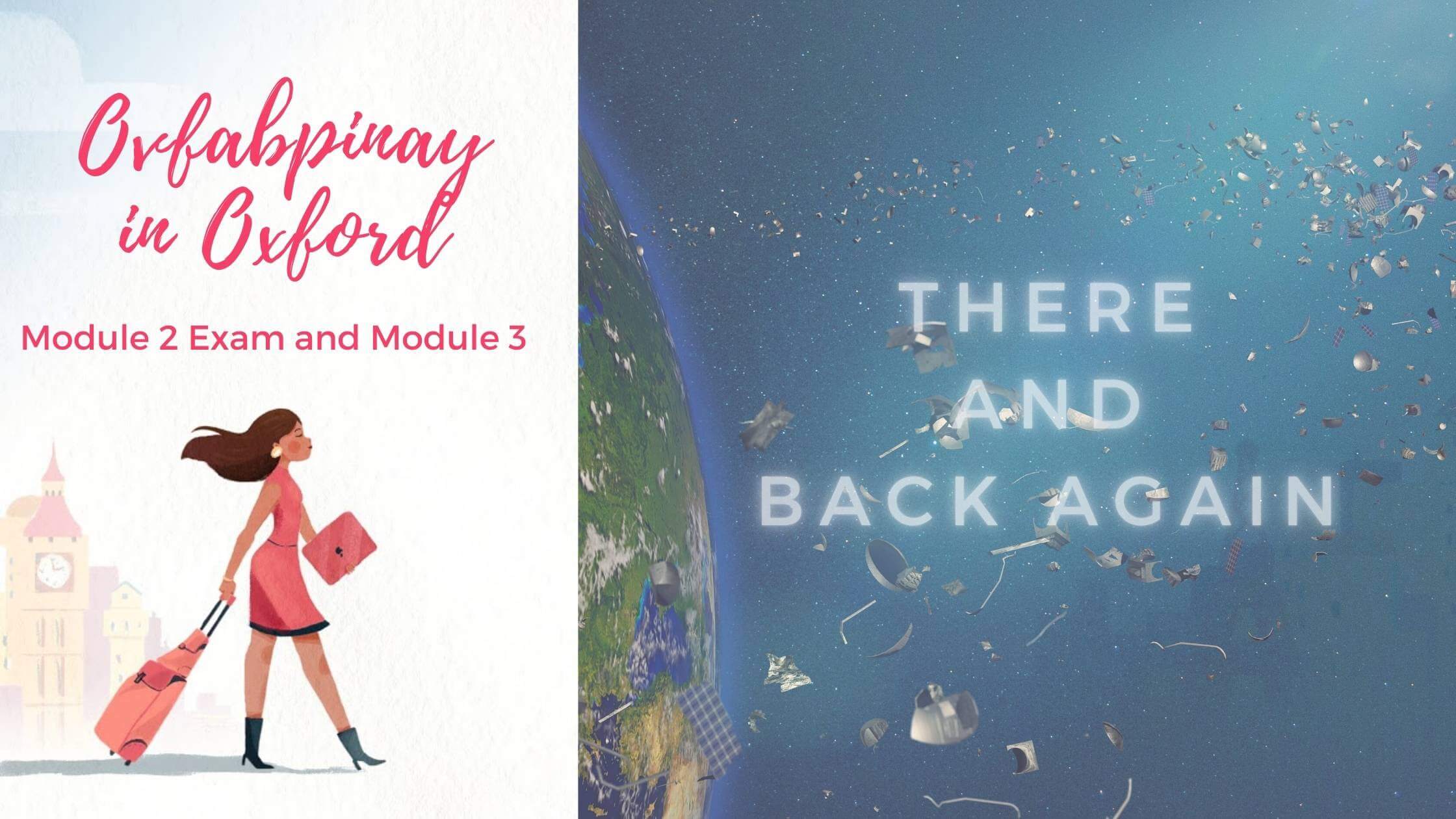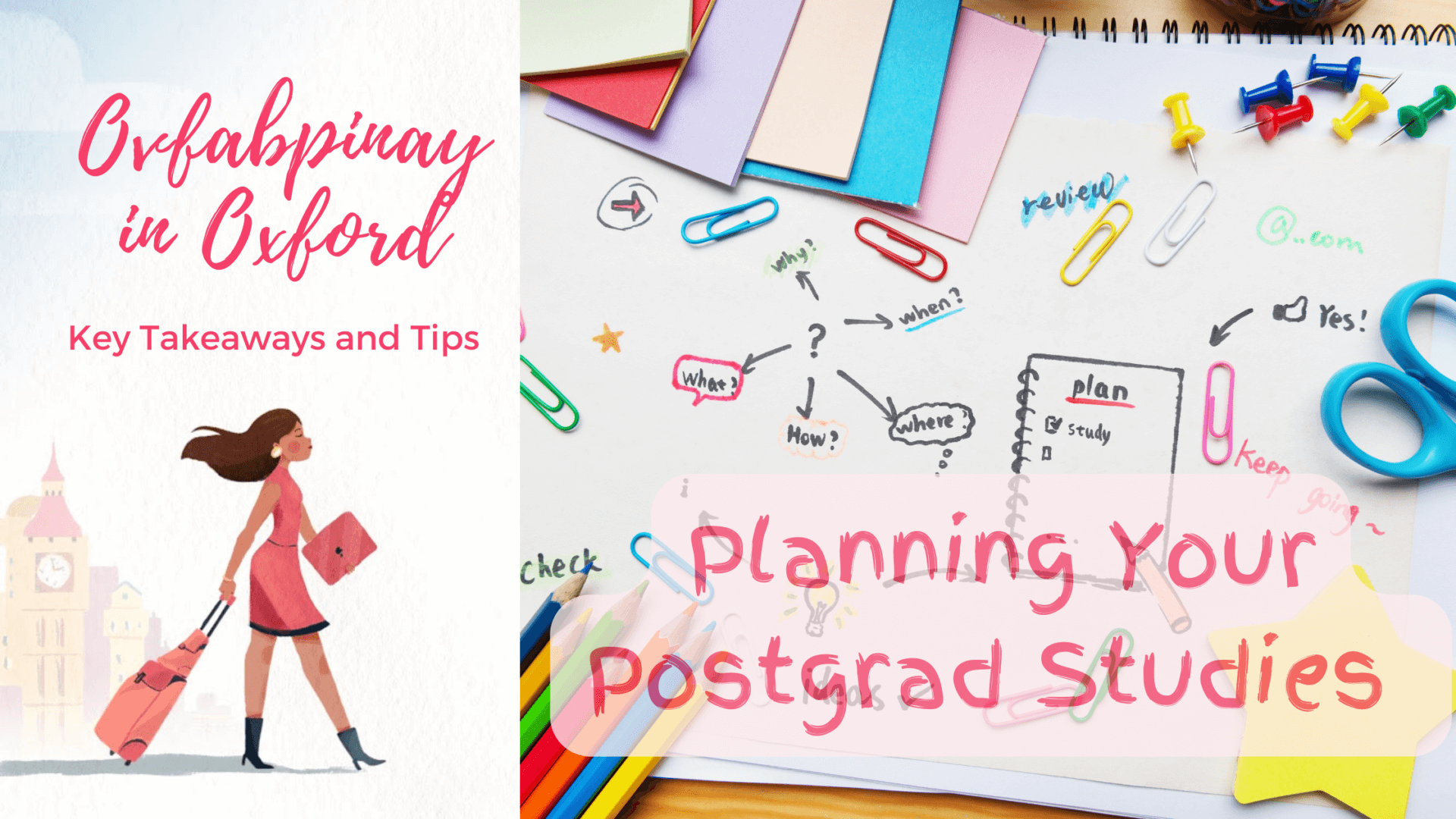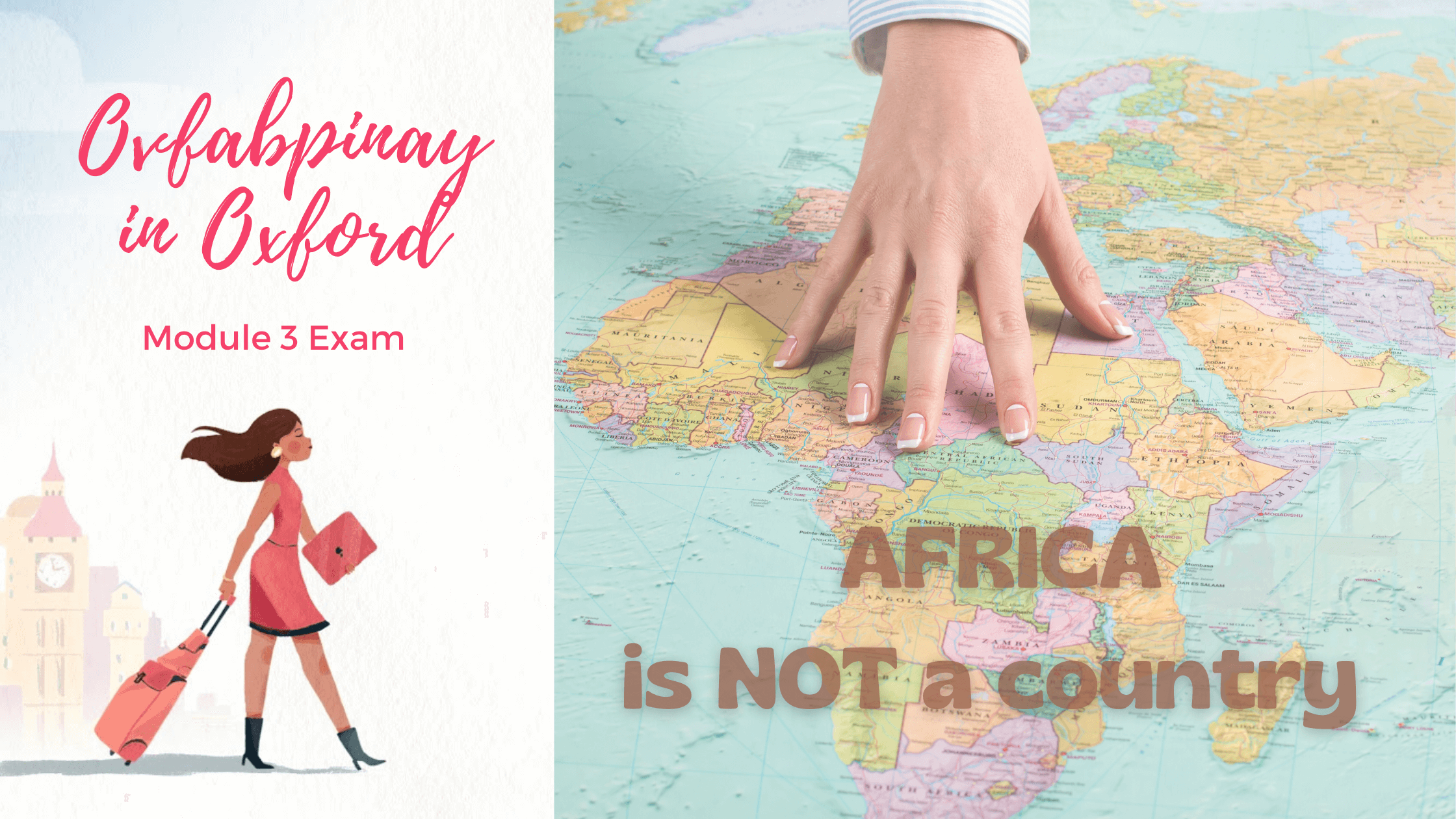My blog title is so apt my nerdy self is patting my own shoulder for a job well done!
Why, you might ask, would my title be appropriate?
Well, first, I have read The Hobbit and the LOTR trilogy, watched the movies and even have the special edition DVD collection. Second, J.R.R. Tolkien studied in Oxford. And most of all, it’s because I will be talking about space- debris that is, and then back to Earth on the topic of globalization strategy.
Clever, don’t you think?
There will be limited space in space!
The Kessler syndrome, the Tragedy of the Orbital Commons, Low Earth Orbit (LEO), Active Debris Removal (ADR) technologies and Astroscale. These are all connected with space debris that have given me some sleepless nights for the earlier part of May. This was our Module 2 Innovation Strategy exam case study.
The main challenge: How do you progress on a technology that nobody seems to care about as yet?
I actually could not believe it when I read the case. Like, seriously? I thought the space industry plans for the next 20 years. So how can the issue of space debris not be urgent (case study was written in 2016), especially if it takes years to develop solutions? Bizarre indeed.
Banking on our experience from module 1, my study group mates and I then tackled the Technology, Markets and Organization frameworks that we learned. Oh, it was not easy. There are A LOT of frameworks – Foster’s S-Curve, Pisano’s models of innovation , Teece model, Tushman & O’Reilly’s SPOC model, Christensen’s disruptive model of innovation, and more. Which ones should be applied that would make sense to support your argument?
Not learning from the lessons learned (that sounds redundant and ironic but it’s true) from module 1, I found myself yet again cramming to review the lecture materials and finish the readings. If only I can just eat the books and digest them- I know, I probably can do that but only the paper and not the knowledge will be digested!
As if it could not get any worse, I was down with a cold and flu (thankfully not Covid) for a week before the exam questions were released, so I lost some study time.
Then came actual exam week – I aimed to finish way before submission, 4 days before deadline. I ended up submitting my paper exactly a day before, with me being up until 3 am that day battling sleep while figuring out recommendations on how Astroscale can advance their ADR technology.
Now that’s 2 done and 2 left to go! Oh and good news, I passed module 1. Hurray indeed!
Let’s go Global
Module 3 is all about globalisation strategy. If Module 2 was overflowing with frameworks, this module only has about 3. We discussed about non-market strategy and how it’s really important for companies to have one as non-market players such as the government and social groups can have a major impact on a company’s reputation and operations. Good discussions on BP’s Macondo oil spill case study and the recent Uber UK driver employment case ruling. We applied the IA3 framework (Bach and Allen, 2010) in detail and I have to remember to do the analysis per issue. Because it’s logical – each issue may have different actors wanting different things depending on the issue being analysed.
I especially enjoyed the going global topic and learning the Triple A framework (Ghemawat, 2007). It’s very interesting to learn the strategies that companies apply to either address the local market (Adaptation), enforce international standardisation to achieve economies of scale (Aggregation), or specialisation to also achieve economies of scale (Arbitrage). Very lively discussions on the SKII globalisation case study and I even got my study group mate to try out SKII. Key takeaway: Companies can apply Triple A at product, division or business level and companies do better when applying AA and not just A, and do not attempt AAA as it might be overkill.
We then tackled the Global Value Chain analysis – I have to admit that this topic is probably something that I should spend more time on as not much is retained! I remember the discussions on the Nike business case which focused on the evolution of their supply chain labor management. I’m struggling to find the connection with the GVC framework though. Thankfully I have a study group!
The final sessions were focused on China and India as part of analysing the emerging markets innovation trends, challenges and opportunities. Although I have been to both countries and closely worked with people based there, I still found the lectures interesting since the perspective is coming from either a business owner or business strategist point of view. I was very much impressed with how China’s Tencent and India’s FlipKart were able to innovate and scale despite local challenges.
Overall, module 3 seemed much manageable than module 2 but nevertheless also interesting and very relevant. I’m looking forward to our study group sessions to tackle more business cases and practice the frameworks!





